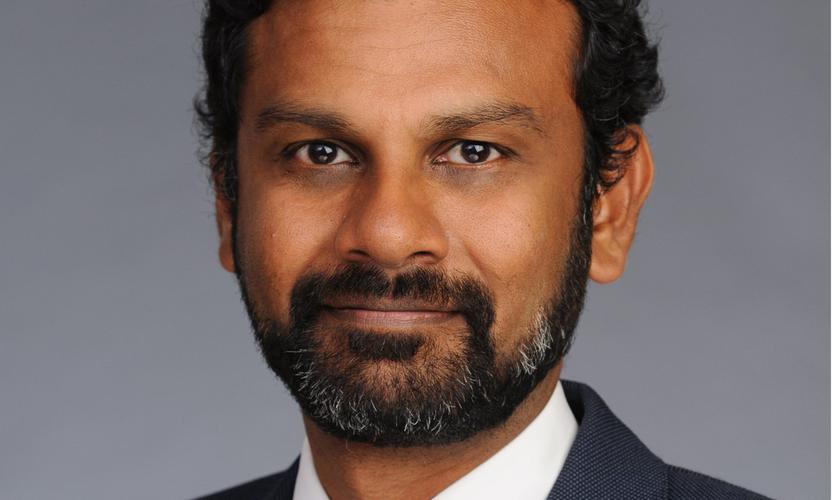Investing is no longer just about managing risk; it is increasingly about having a positive impact. This is partly driven by asset owners, who wish to deploy capital towards solving problems like climate change and biodiversity loss while also generating a financial return, and by regulators, particularly in Europe.
That said, in the absence of a globally accepted framework, investing for impact can mean different things to different people, and investors take a range of approaches depending on their organisation’s goals and methods of integration.
Influencing change
At Fidelity, we think of investing for impact in a broad and holistic way. The way in which we integrate sustainability into our bottom-up investment processes for traded securities aims to achieve an impact via the investment decisions we make and the engagements that our ratings prompt or respond to.
This active investing and stewardship approach allows us to have an influence on issuers across asset classes. Indeed, a range of strategies and policies are needed if all products aim to contribute positively to solving broader social or environmental problems alongside generating a financial return.
Influence is a subtle and nuanced part of the process of investing that means we cannot always pinpoint its exact effects on company managements. Nonetheless, we can monitor where companies are making profound changes in the wake of conversations we’ve had with them. We can also seek to influence change on a system-wide basis, across whole industries and portfolios. Here too identifying the tangible impact can be tricky as system-wide change, such as in public policy, can take time and is often achieved via a set of incremental steps rather than an overnight transformation.
At a portfolio level, our influencing approach is informed by tools such as our sustainability ratings, our Principal Adverse Impact analysis, and our SDGs mapping. These direct allocation and engagement decisions are framed by our Climate Investing Policy and our deforestation commitment that are designed to push for change on a system-wide basis.
We also consider the risks of our various approaches to influencing company behaviour in a way that is similar to how we analyse financial risk/return profiles. Primarily, there is a risk that the changes we hope to encourage do not come to pass. This brings with it reputational risk if we engage intensively with a company on a particular issue throughout our investment and it continues its harmful practices. There is also the risk of unintended consequences given the interconnectivity of ESG factors, which we seek to assess and mitigate via our deep research capabilities into individual companies and sectors.
However, these risks must be balanced against the risks of inaction, and the potential return from acting in terms of the societal and environmental benefits. For example, if we have the chance of encouraging a company to improve its environmental status, or to influence a positive system change that influences the ‘rules of the game’ for a wider group of companies, then even if our original targets for change are not quite met we may still have had a meaningful positive impact.
Our influencing framework is at a nascent stage, and we are looking to expand our stock of influencing tools and to draw stronger threads between possible actions that are mutually supportive across the levels of influence. Importantly, the development of this broader framework is happening alongside and complementing the growth of impact investing in the more narrow and traditional sense within private assets, both at Fidelity International and across the asset management industry.
Spotlight on real estate
More than any other asset class, real estate is perhaps the most tangible (‘bricks and mortar’) in terms of its potential for impact. When it comes to climate change, for example, not only is the built environment one of the biggest sources of emissions, accounting for around 40% of carbon emissions globally and up to 60% to 70% in cities, but the sector also offers some of the most tangible opportunities to cut those emissions.
While investors can buy new assets built to higher environmental standards, the biggest scope for achieving impact lies in the buildings that exist today, most of which are expected to still be around by 2050. Refurbishing and retrofitting these buildings can both reduce the carbon footprint of our built environment and improve the wellbeing of those who use them.
While any sort of building work has financial and environmental costs, retrofitting older assets cuts a significant portion of the upfront embodied carbon (the emissions created from a building’s construction) which is irreversible. Improving energy efficiency, using more sustainable materials, and sourcing cleaner forms of energy can also cut existing emissions and have a measurable, verifiable, and additive impact. Not only can we ensure that renovated buildings adhere to the strongest performance standards, such as insisting upon Energy Performance Certificate (EPC) ratings of A or B and Building Research Establishment Environmental Assessment Method (BREEAM) ratings of excellent, but we can also seek to improve how the building is utilised in the long term, by targeting 100% green leases for sustainable use and using a tenant selection process that includes sustainability scoring of the potential lessees.
As with influencing companies more generally, however, impact investing in real estate needs to be a collaborative effort, with landlords and occupiers working in partnership - perhaps through green leases or less formally - to achieve the desired outcomes.








































